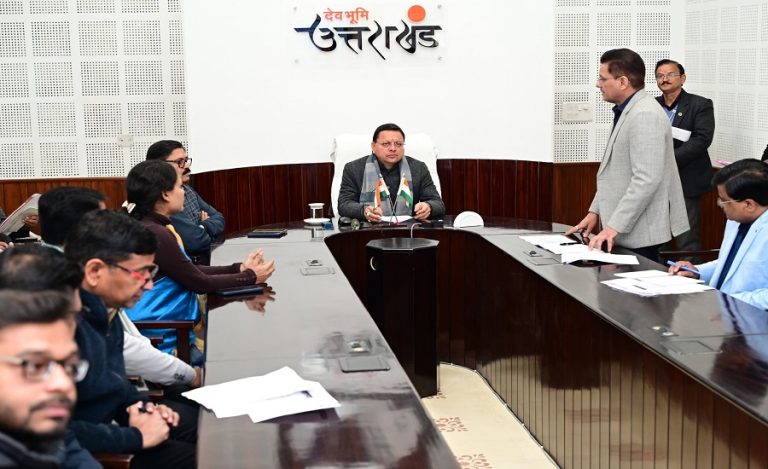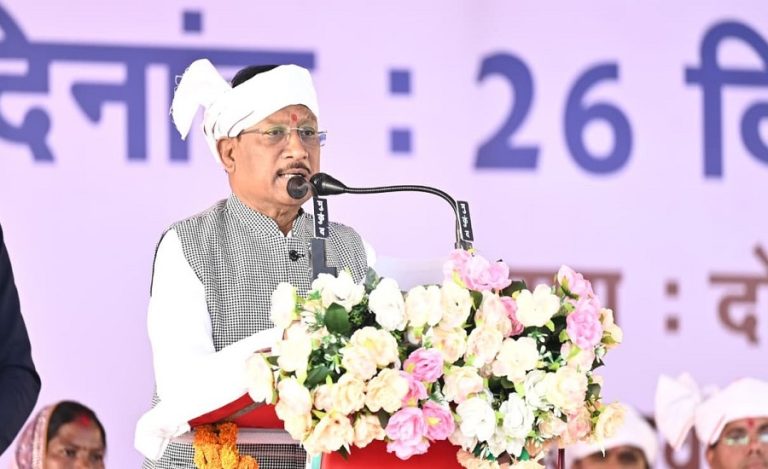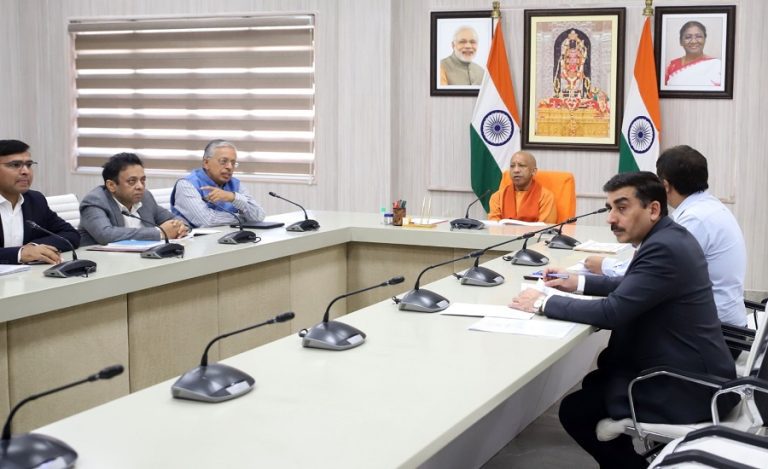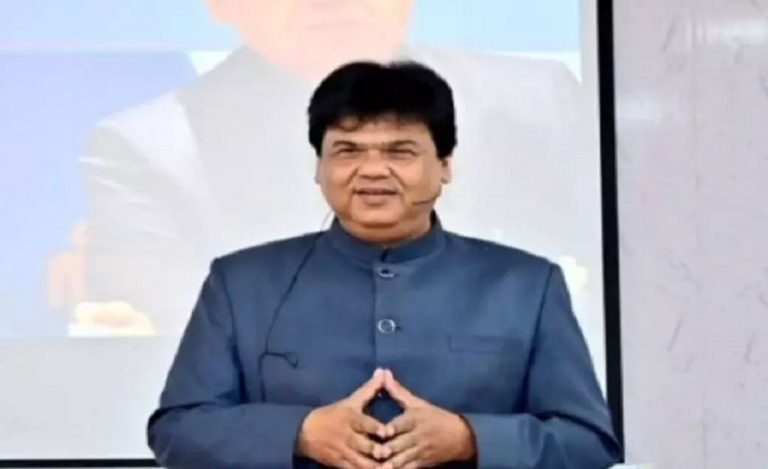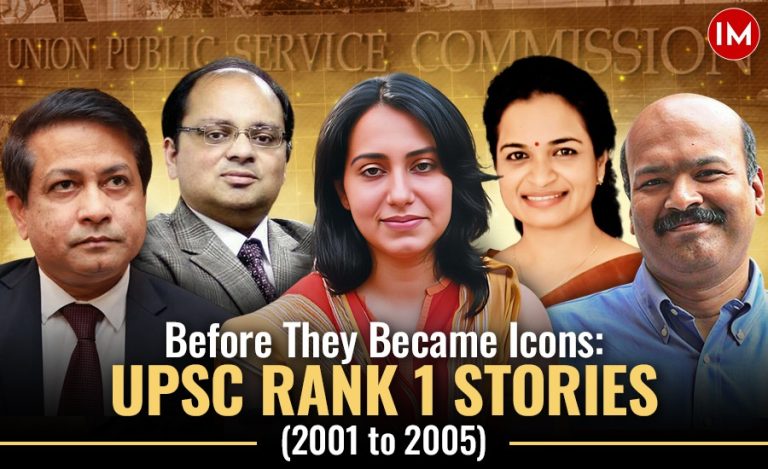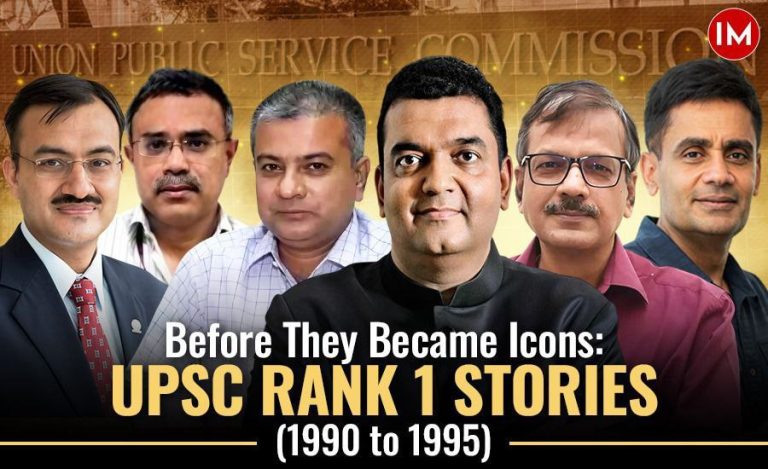India is set to host the fourth edition of Semicon India 2025 from September 2 to 4 at Yashobhoomi (India International Convention and Expo Centre – IICC), New Delhi, with an expanded global footprint and a strong focus on skill development and innovation. The event, themed ‘Building the Next Semiconductor Powerhouse’, is being jointly organised by the India Semiconductor Mission (ISM) and SEMI, under the aegis of the Ministry of Electronics and Information Technology (MeitY).
According to the Ministry, this edition will see over 300 companies from 18 countries participating, marking the event’s largest and most diverse gathering yet. In a significant first, four International Pavilions — representing Japan, South Korea, Singapore, and Malaysia — will be set up, reflecting growing international interest in India’s semiconductor ambitions.
Eight Country Roundtables will also debut this year, facilitating strategic discussions and collaborations between Indian stakeholders and global industry leaders. This marks a substantial increase in global engagement compared to previous editions.
Read Also: India Launches First-Ever e-Truck Incentive Scheme to Boost Green Freight Mobility
Skilling and Startups at the Forefront
For the first time, the event will feature structured Training, Upskilling, and Workforce Development Programs aimed at students and engineers. These programs will include career counselling and mentoring to build a strong, future-ready talent pipeline. A Semiconductor Design Startup Pavilion will spotlight India’s growing innovation ecosystem in chip design.
Additionally, the number of State Government Pavilions has increased to nine, up from six in the last edition, showcasing growing state-level participation in India’s semiconductor mission.
Full Spectrum of the Semiconductor Value Chain
Semicon India 2025 will showcase the entire electronics value chain—from raw materials and fabrication equipment to design and systems. The three-day conference will feature global CXOs, industry experts, and policy leaders, sharing insights into semiconductor manufacturing, supply chain strategies, and technological advancements.
Special features of the event include:
- Workforce Development Pavilion
- Startup Pavilion
- Eight Country Roundtables
- Business-to-Business (B2B) Forums
- Training & Upskilling Modules
These initiatives aim to fortify India’s capabilities and foster greater collaboration among industry, academia, and government.
Government Push to Make India a Semiconductor Powerhouse
The Centre has approved the Semicon India Programme with an outlay of ₹76,000 crore to develop a robust semiconductor and display manufacturing ecosystem. The programme has been revised to align with global trends and to compete with countries offering aggressive incentives in this capital-intensive and high-tech sector.
In a major step forward, the Union Cabinet recently approved India’s sixth semiconductor manufacturing unit, to be set up in Jewar, Uttar Pradesh, near the upcoming international airport. The facility will be built through a joint venture between the HCL Group and Taiwan’s Foxconn, with a capacity of 20,000 wafers per month, producing 3.6 crore chips monthly. It is expected to generate 2,000 jobs, contributing significantly to the domestic chip ecosystem.
Works on the other five approved semiconductor units are already underway, with one expected to be inaugurated later this year.
Reforms in SEZ Rules to Support the Sector
To further support semiconductor manufacturing, the government introduced reforms in Special Economic Zones (SEZ) rules in June. These changes cater specifically to the needs of the semiconductor and electronics components industries, which are known for being capital-intensive and import-reliant with longer gestation periods. The reforms are expected to boost investor confidence and encourage high-tech manufacturing in the country. With Semicon India 2025, the country is not only showcasing its growing capabilities but also making a bold statement to the world: India is ready to become a trusted and integral part of the global semiconductor value chain.



